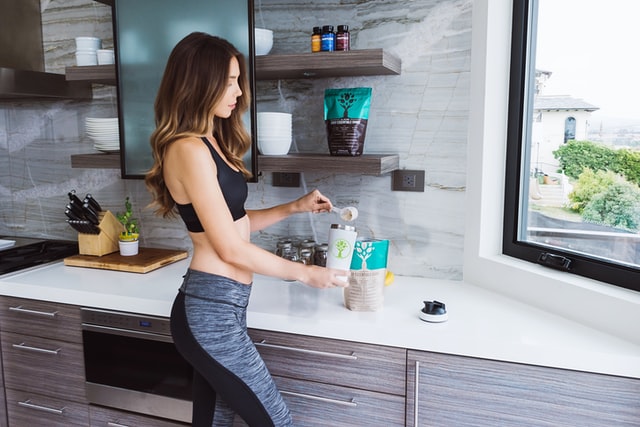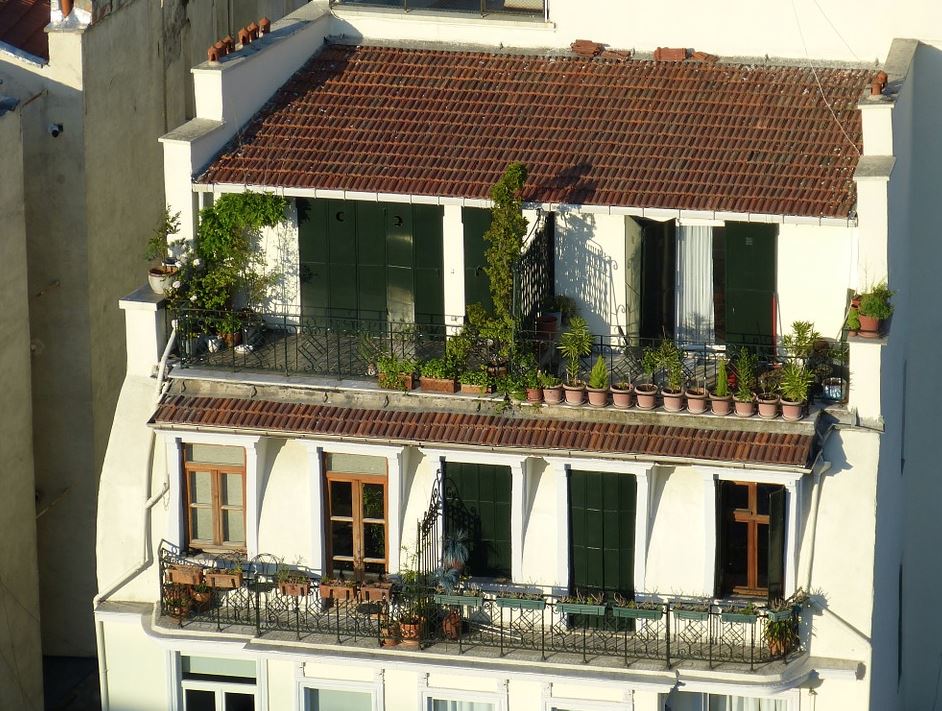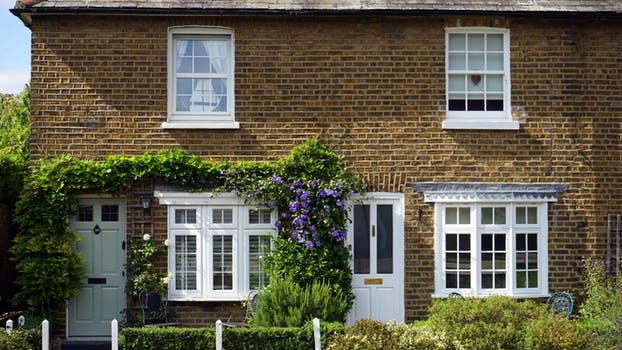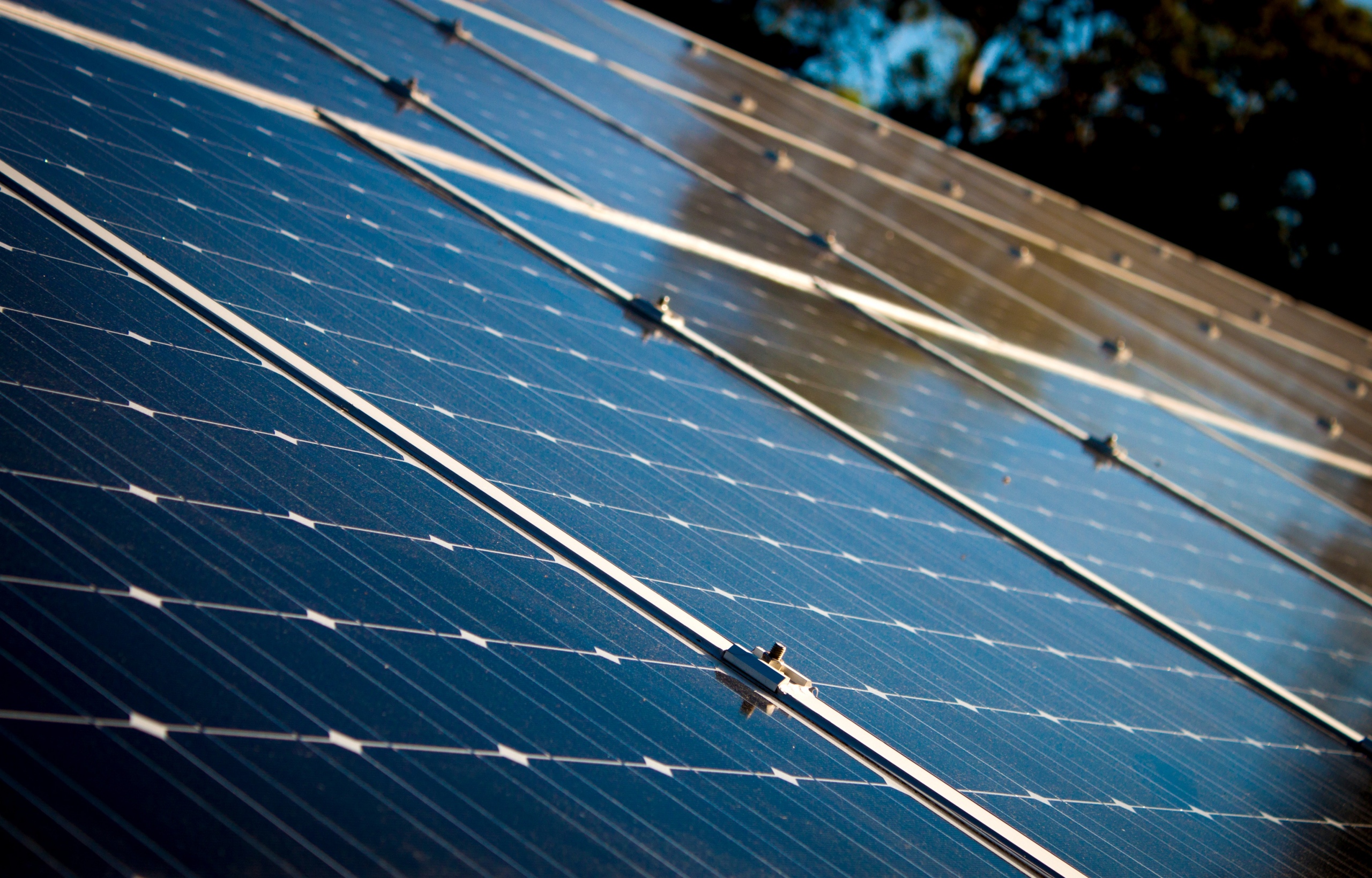Solar energy is a very unique kind of energy. Unlike other popular types of energy we utilize every day, this energy that radiates from the sun is renewable, completely clean, and completely free. While it sometimes costs a little bit to get things going when you plan to use solar power, the benefits are incredible. Where else can you find completely renewable energy that is both free to use and free from negative, harmful effects for our planet?
One common and sensible use for solar energy lies in heating water… which makes it the perfect option for an annoying, also common problem that often faces us in the early or late summer months… a cold pool. Nobody likes to try to swim in a cold pool!
Who can deny that it is extremely hard to relax when your teeth are chattering and you are shaking every time you come into contact with the water? Truth be told, heating a pool with solar energy is not too difficult, but doing it effectively and efficiently is more complicated than just putting your pool somewhere that gets good sunlight!
How Does it Work?
So how does solar energy work? And a better question than that might even be, how can you utilize solar energy to warm the water in your pool? Well, that is an excellent question. In truth, there are a lot of different ways in which to go about heating your pool with solar energy. However, in most cases, pools are warmed using a length of black pipe (black because it will absorb the heat of the sunlight better), a pump, and some creative thinking to get as much of the pipe into the direct sunlight as possible.
You will also probably need to seriously consider buying a cover for your pool, as this will keep all of the water that got heated from losing it’s heat as the darkness cools things down at night.
Basically, you are going to want to pump water from the pool into the black pipe or hose, have it cycle through the hose, and then have it empty back into the pool. Have you ever left a garden hose out during the day, only to find that the water became incredibly hot as the hose sat in the sunlight? The same principle applies here, except that in this case you would not leave the water just sitting in the hose. It would be continually pumped through the black hose, warming as it went.
How Long Should the Hose Be?
The hose could be as long as you have room and money for. The longer the hose, the more effective your heating system will be (within reason… 10,000 feet of hose, or some incredibly large number like that, would require a pump far too large to be feasible. 100, 200, or maybe even 300 feet is plenty!). Once you have decided on a length of hose, make sure that you run it along a path that will literally beat it with sunlight. In fact, some people run the hose up on top of their garage roof so that it will be able to absorb a large amount of heat!
Once you have run the hose, you will set up your pump to pump water through the hose. The water will flow along the path that the hose is laid out in, and will eventually come back around to run back into the pool. If done correctly, this water will be much warmer, and every gallon that flows through your system will cause the temperature of your pool to rise slightly.
Here are some tips to keep in mind as you plan your solar pool heating system…
- Remember to keep the pipe clear of obstacles that could obstruct the direct rays of the sun
- Your pipe/hose should stay cool to the touch. If it is, then the heat is being transferred to the water that is flowing through it, and the system is working correctly
- The typical popular pool temperature is between 80 and 85 degrees
- Above ground pools will lose more heat over the course of the day and night than below ground pools
While heating a pool with solar energy might take a little bit of time and creativity, you will be able to start enjoying the benefits only after one day of use! A solar system like this will greatly contribute to the comfort and enjoyment of your pool. Besides, the only energy you have to pay for here is the power it takes to run the pump. All of this heating is being done for free, which is a huge savings benefit for you!
Benjamin Baker is a research hound who has been addicted to writing ever since he became a freelance journalist. He also plays the guitar, enjoys camping, and often goes on fishing trips with his wife and three kids around his Denver, Colorado home. Benjamin often utilizes resources such as http://www.go-green-solar-energy.com when he writes about solar energy and the benefits that it offers for both humans and the environment in which they live.





